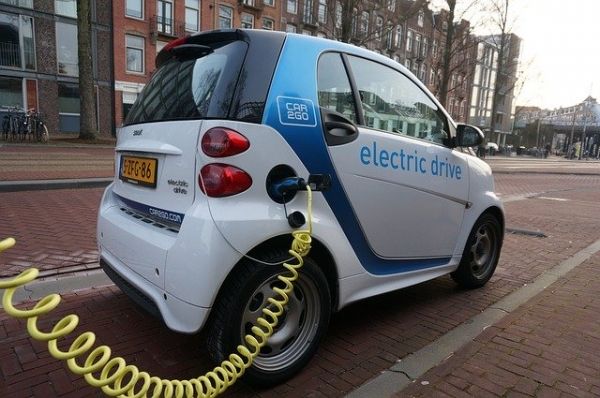Cell phones and other electronics also depend on the element’s availability. Supplies of the metal are adequate in the short term, but shortages could develop down the road if refining and recycling aren’t ramped up or made more efficient, according to research published in ACS’ Environmental Science & Technology.
Roughly 60% of mined cobalt is sourced from the Democratic Republic of Congo (DRC). The element is often recovered as a byproduct from mining copper and nickel, meaning that demand and pricing for those other metals affects the availability of cobalt. Half of the current supply of cobalt is incorporated into cathodes for lithium-ion batteries, and many of those batteries are used in consumer electronics and electric vehicles. Demand for these vehicles and their batteries is growing swiftly: In 2018, the global electric car fleet numbered in excess of 5.1 million, up 2 million from the prior year, according to the International Energy Agency. Elsa Olivetti and coworkers wanted to find out if planned cobalt expansions could keep pace with this brisk growth.
To determine potential cobalt supply and demand through 2030, the researchers analyzed variables, including electric vehicle demand; cobalt mining, refining and recycling capacity; battery chemistry trends; socioeconomic and political trends; and the feasibility of substituting other materials for cobalt.
Continue reading at American Chemical Society
Image via Pixabay, CC0 Creative Commons


